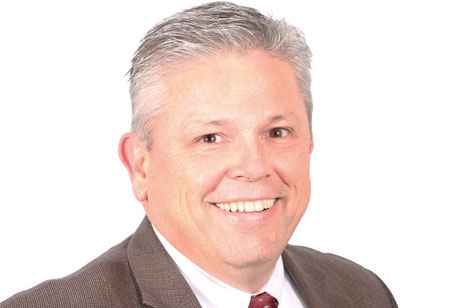Thank you for Subscribing to Healthcare Business Review Weekly Brief

Building Automation Systems: The primary backbone for energy savings in a hospital
Healthcare Business Review
The building automation system (BAS) controls every aspect of the HVAC system (boilers, chillers, air handling units, variable air volume boxes and more). The benefits from a well programmed BAS ultimately ensures operational performance which can reduce energy costs and keep patients, visitors and staff comfortable. Unfortunately, this system is the least understood and yet one of the most expensive system in a hospital. And as technology continues to advance, we are seeing more systems become integrated into the building automation system. This includes systems such as fire alarm, power monitoring, lighting control and security.
One of the many issues in healthcare is that many executives are directing engineers to make multi-million dollar decisions on which manufacturer’s BAS to use in their hospitals without fully understanding that these decisions will have long-term impacts and ramifications on almost every aspect of facility operations and maintenance. The building automation system controls almost all of a hospital’s critical utility systems, and with over 50 percent of the facility manager’s budget invested in energy, the building automation system should be one of the engineer’s primary focuses. Making a decision based on second-hand experience, manufacture sales pitches or un-vetted third party recommendations is dangerous. To ensure this decision is not taken lightly and a system that works best for your facility is selected, below we have highlighted four critical considerations when selecting a building automation system.
Four Critical Considerations:
1. Energy Savings
Healthcare executives across the nation are feeling the pressure to reduce energy usage. Building automation systems are essential for generating energy savings throughout a facility and it can be used to implement programming and monitor equipment to ensure energy is not being wasted. Implementing occupied and unoccupied schedules for areas like offices or classrooms is an economical way to save energy.
In addition to implementing control sequences, the BAS is a valuable tool for monitoring systems and equipment. For example, chillers have the potential to be huge energy wasters. Using the BAS trending functions can help facility managers to quickly spot problems like frequent starts and stops. A properly designed BAS can also provide the facility manager with daily electric and natural gas consumption trending that supports best practice energy saving strategies.
2. Regulatory Compliance
Compliance remains a crucial component of every decision a healthcare facility makes, just the same, the building automation system you use must maintain compliance with all regulatory requirements. Key requirements are temperature, humidity, space pressures and air changes. A well-designed BAS can facilitate management of compliance issues by issuing immediate alerts, displaying informative graphics and dashboards display critical environment conditions such as occupied/unoccupied mode, along with the key requirements listed above (temperature, humidity, space pressures and air changes). It also ensures that all these elements are trended and documented.
When properly displayed and trended, troubleshooting is simplified for critical environments with high occupancy.
Compliance remains a crucial component of every decision a healthcare facility makes, just the same, the building automation system you use must maintain compliance with all regulatory requirements
The BAS should also ensure accountability within your facility by alerting personnel when temperature, humidity or pressure readings are outside of the acceptable ranges. This helps the facilities staff to quickly identify issues and bring the building back into compliance.
3. Ease of Use
Nothing slows a facilities department down like a clunky system that is not easy to use, ultimately impacting the efficiency of work and the overall patient experience. HVAC and facility technicians already have multiple priorities when maintain a hospital. By ensuring a user-friendly interface with dashboards, easy-to-read graphics and logical drill down screens, the time to monitor, evaluate, adjust and troubleshoot daily operations will be minimized and staff can depend on the BAS to help them resolve issues quickly.
Important factors such as detailed, specific control drawings and sequences of operations must be considered during the early stages of the design process of a BAS. The end goal is a detailed and customized set of future-proof specifications for the facility.
4. Needs Assessment
Determining the nuances of the current HVAC system in your facility and identifying the needs at the local site are the first step in determining what BAS will be most beneficial for your healthcare organization. One way to achieve this is to make a comprehensive inventory of the existing system. A way to start is by asking your teams to answer a series of basic questions about the current BAS in place: What works? How well does it work? What flat out doesn’t work? What is still being supported? What parts of the system will work with an upgraded system? What will not work with an upgraded system?
After you have completed that step, speak directly with BAS users within your facility who represent different perspectives (e.g. HVAC operators, field technicians, etc.). Gaining insights from these critical users will help to determine what attributes they consider necessary for the BAS system. Once all this information is collected, compile it with the inventory list—the data from these activities will help you create a prioritized plan.
To say the least, the selection of BAS system has major impacts on patient experience, financial, compliance and energy usage factors within a healthcare organization. Most healthcare facilities are not a static building that remains unchanged from the day it was built. It is important to have a carefully crafted plan to ensure the key factors of the system are considered. Most importantly, the reward of having comfortable patients and staff, a streamlined maintenance program and energy savings will far outweigh the grueling processes of finding the right building automation system.









